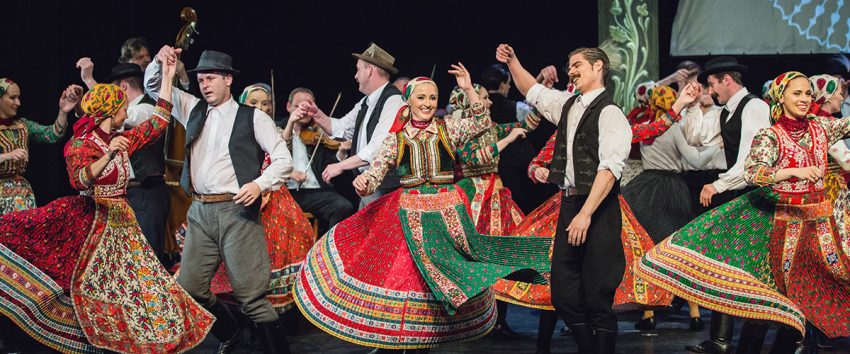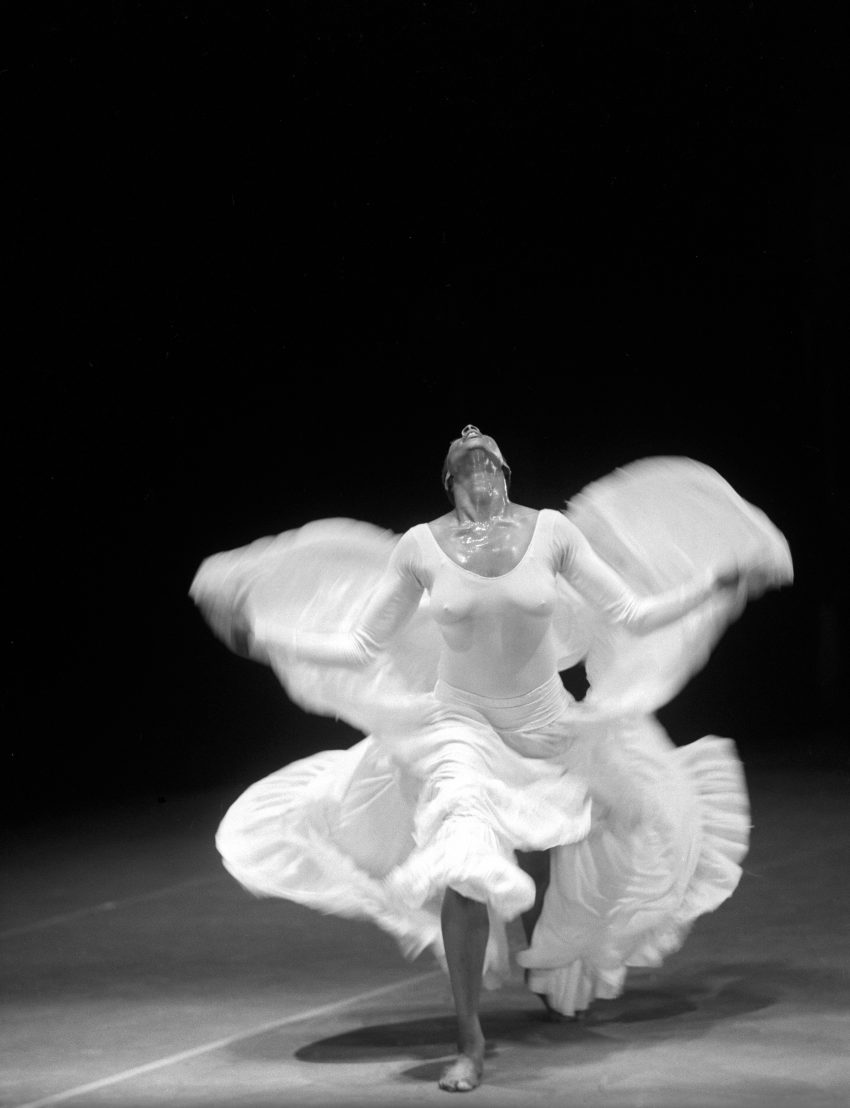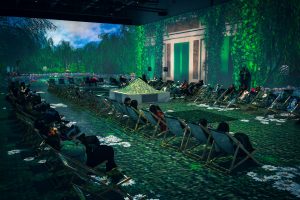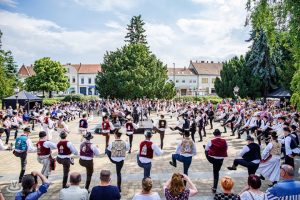Since 1989 the Day of Hungarian Culture has been celebrated on 22 January as on this very day in 1823 Ferenc Kölcsey is known to have written a fair copy of his romantic poem Himnusz, today known as the national anthem of Hungary. The whole country celebrates this special occasion with a wide range of colourful cultural events throughout January, so below we listed the most fascinating music, dance and art programs to attend in Budapest in the first month of 2020.
Wonderful Melodies
To start with, let’s see the January schedule of one of Hungary’s most successful orchestras. The Hungarian National Philharmonic Orchestra will give three wonderful classical music concerts this January in Budapest. On 16 January, Israeli cellist Mischa Maisky will be joined by his children, Sascha and Lily to play Beethoven’s Triple Concerto, and later on they will join forces with the orchestra to perform Gustav Mahler’s Symphony No. 1 at Müpa, which was originally premiered in Budapest in 1889. Two days later the Hungarian National Philharmonic Orchestra and the Hungarian National Choir invite us on a more private chamber music concert held at their rehearsal room in Müpa, where symphonies by Bruckner, Tchaikovsky, Mozart and Dohnányi will be heard. Liszt Academy will give home to the last January concert of the orchestra on 24 January: the band will team up again with the choir of Hungary to amaze the audience with the most beautiful compositions of Mozart.

Dancing on Air
Moving from classical music to dance, let’s have a look at the January program schedule of the National Dance Theatre. It will host several top-notch shows almost every day in January, starting with the Living Dance Archive series that aims to revolutionize Hungarian folk dancing by introducing the audience the richness of Hungarian musical and dance traditions: on 7 January the Hungarian National Dance Ensemble will present us the folk legacy of Kalotaszeg, aka the Land of Călata, a Transylvanian region. If you are open to everything contemporary, you shouldn’t miss the joint performance of Tadashi Endo, a world-famous representative of the Japanese butoh dance form and the Yvette Bozsik Company on 25 January. Their show serves as a memento to the all-time victims of wars. Another one-of-a-kind contemporary dance act is arriving to Budapest on 30 January: Szeged Contemporary Dance Company will present its performance that revolves around CREDO, the most dramatic work of Estonian composer Arvo Pärt.

The Bests of Hungarian Visual Art
In case you’re more into art exhibitions than concerts or dance shows, Budapest has got your back. This January we highly recommend that you pay a visit to Kunsthalle (known as Műcsarnok in Hungarian) that has organized some pretty gripping displays this winter season. Until 2 February the audience can learn about the far-reaching oeuvre of Hungarian animation director and illustrator Marcell Jankovics on an exhibition where his achievements as an art director are in focus, complete with his original first drawings and sketches. Kunsthalle pays tribute to another prominent artist of Hungary: photographer Éva Keleti. Visitors are invited to an extraordinary time travel through her rich oeuvre that covers six decades and comprises of celebrity portraits, grotesque everyday shots, lively photographic reporting, and many more. Last but not least, it’s very much worth experiencing Hungarian actor and director Andor Lukáts’ forays into visual arts, aka the Fate Lines exhibition at Kunsthalle. The iconic artist created a video installation to tell us about beginnings, ends, faith and hope through relatable stories of people from different backgrounds.






